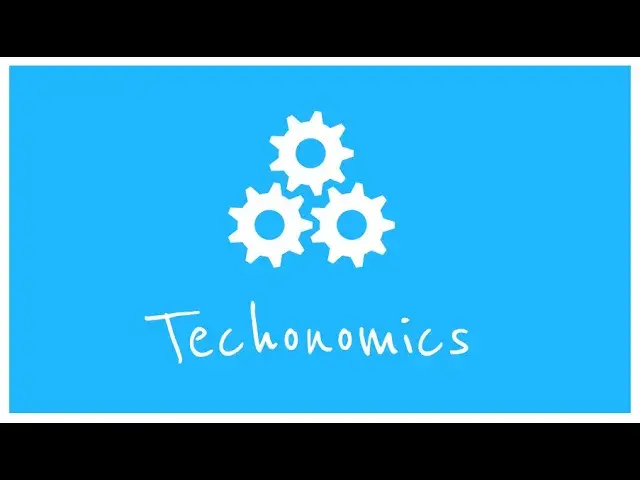Techonomics
Establishing best practices in early stage technology modeling
What is Techonomics?
None of the game-changing innovations that science entrepreneurs are developing will actually change the game without also obeying the laws of capitalism. So how much does it cost to produce a new device, or a new chemical, or a kilowatt hour? Beth Zotter, Activate’s former technology economics expert and now co-founder of the seaweed protein startup UMARO, developed this educational resource, called Techonomics, to help budding technologists answer these thorny questions.
This Techonomics series includes primer videos as well as downloadable models, which are easy to read and manipulate, to estimate the cost of production of any component, chemical, or channel.
Activate’s Techonomics series is rooted in techno-economic analysis (TEA) and models that have been used for decades to support technology development in private and public sectors.
We encourage science entrepreneurs, program developers, investors, and other stakeholders in the innovation ecosystem to download Techno-Economic Analysis for Hard-Tech Innovation by Chris Burk. A leading TEA practitioner, Burk wrote this white paper based on his work with more than 20 Activate Fellows as well as many other science entrepreneurs.
The paper outlines a roadmap for making TEA accessible for any early-stage hard tech company. He provides use cases for successfully using TEA to assess economic benefits, R&D opportunities, risks, and areas of uncertainty. Finally, Burk shows how and why policymakers should use TEA to inform their decisions and strategies for supporting technology development. Activate partner Schmidt Futures funded the white paper.
1. The Universal Law of Business
Does your tech idea obey the first law of capitalism?
2. Where Is The Value?
Know what kind of value your technology provides to the user, and quantify it.
3. Performance Specifications
Define the product made with your technology - with numbers.
4. Back of the Envelope
Do a back-of-the-envelope calculation to estimate unit cost: BOM+ or CapEx/OpEx.
5. Draw the Value Chain
Draw the value chain to see where your value proposition is located.
6. Modeling
Understand the best place to focus your R&D with a simple spreadsheet model. All models used are available below.

